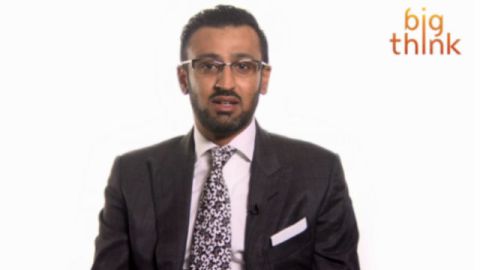Greater Collaboration Can Help Solve Our Education Crisis

In 2000, the United Nations committed to helping achieve the Millennium Development Goals by 2015. At the time, all 189 member states (there are now 193 members) signed on. The eight goals include eradicating extreme poverty and hunger, ensuring environmental sustainability, and reducing child morality rates. Education is a top priority: to achieve universal primary education and–under promoting gender equality–improving the ratio of girls to boys in schools. How close are we to achieving universal primary education?
At the Global Education & Skills Forum in Dubai, we sat down with Dino Varkey, the Group Chief Operating Officer and Board Member of GEMS Education, an international company that helps governments improve the quality of their schools. “It’s unfortunate, but we are going to be at least 50 to 57 million students short in terms of reaching that goal,” says Varkey. The numbers reveal a serious crisis: education is essential to helping reduce rates of poverty and violence. Improved education will go a long way to helping achieve the other Millennium Development Goals.
“If you actually extend that number and think about the number of children that are forced to opt out of secondary school, that adds another 70 million,” he says. “Then you actually look at illiteracy rates around the world, and if you look at, you know, UN statistics you’re talking about 775 million young people that cannot read or write, mostly women and girls.”
The situation is only becoming more urgent. “Obviously when you put all of those numbers into context, the scale of the challenge that we’re looking at extends to well over a billion young people and is accelerating away from us,” says Varkey. “So the time to act is now from our perspective.”
Given the staggering numbers, how can a solution be in sight?
Varkey advocates for greater collaboration. “What you realize very, very quickly is that governments on their own cannot cater to this requirement. You know that the voluntary sector, the NGO space on their own cannot cater to their space. Private sector on its own can’t do this either,” he says. “[There needs to be] much more collaborative powerful partnerships between those three sectors in order to address the challenge.”
Visionary governments, says Varkey, are necessary in order to forge the collaborations so urgently needed.
Watch the video below to see a clip from the interview:





